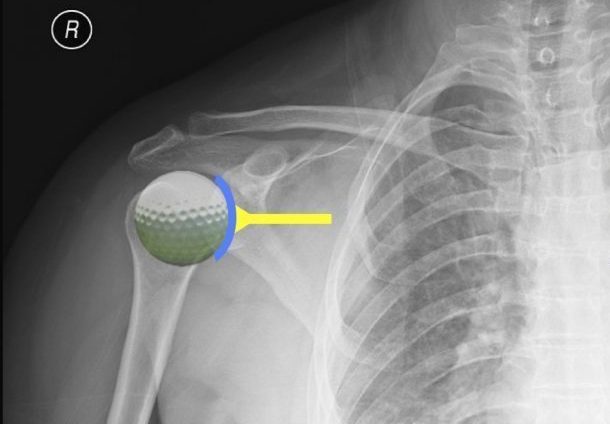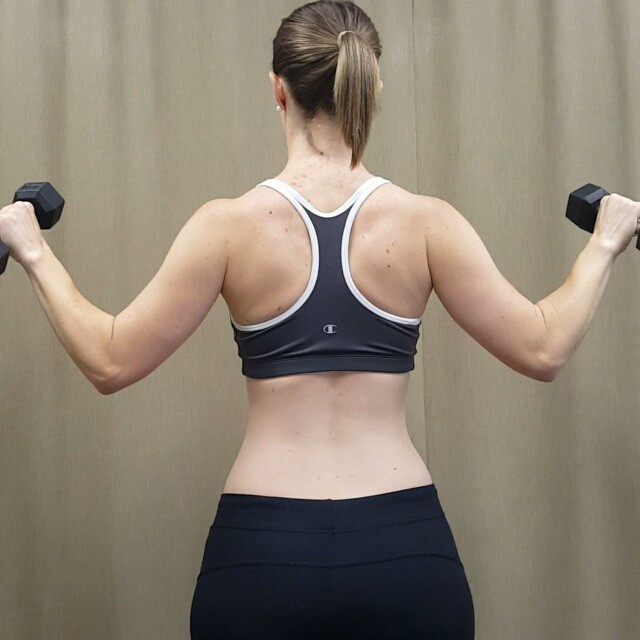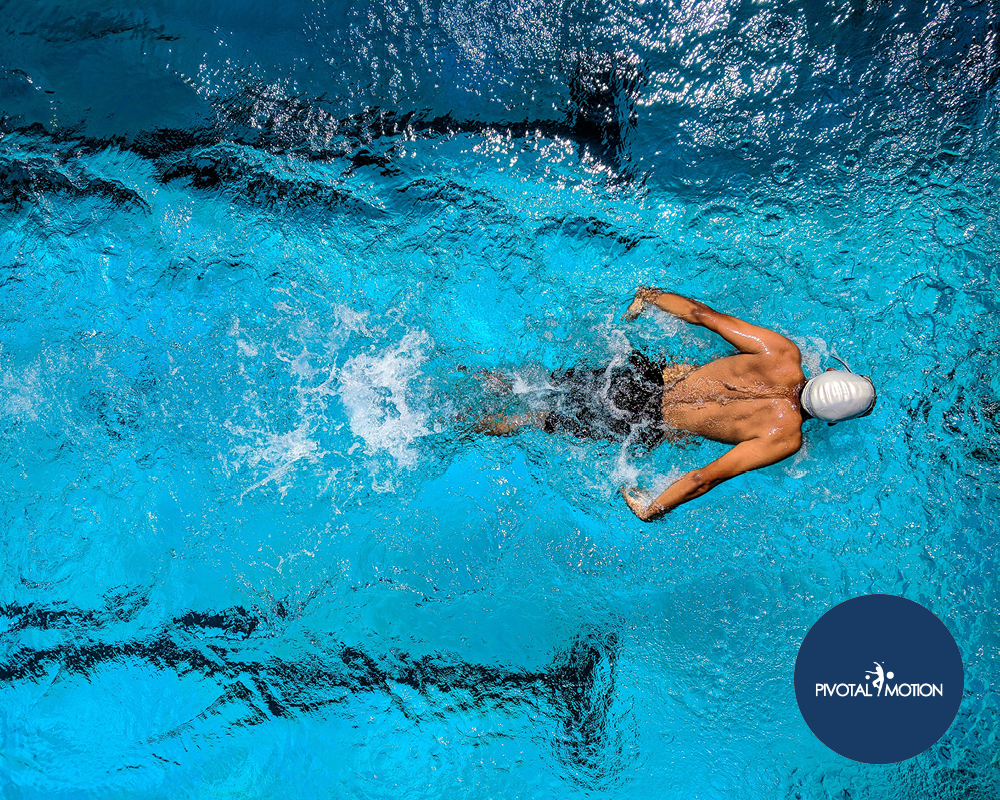Shoulder impingement occurs when the soft tissues in the shoulder, particularly the rotator cuff tendons and the subacromial bursa, become pinched or compressed. This condition typically arises due to repetitive overhead activities or abnormal shoulder mechanics, leading to inflammation, pain, and restricted movement.
These structures are between the upper arm bone (humerus) and roof of the shoulder (acromion). During certain movements of the shoulder, such as arm elevation, it becomes impinged.
The shoulder being a ball and socket joint, arises from the outer aspect of the shoulder blade, whilst the ball arises from the upper aspect of the humerus (upper arm bone).
The acromion is the bony prominence that lies just above the ball and socket joint of the shoulder. Beneath the acromion lie the tendons of the rotator cuff muscles and the subacromial bursa.
The rotator cuff muscles are a group of four muscles (supraspinatus, infraspinatus, subscapularis and teres minor) which primarily act to stabilize the shoulder joint and assist with shoulder movements.
A bursa is a small sac filled with lubricating fluid. The bursa is designed to reduce friction between adjacent soft tissue or bony layers.
The subacromial bursa reduces friction between the bony prominence of the acromion (above the bursa) and the rotator cuff tendons (in particular the supraspinatus tendon, which attaches to the upper aspect of the humeral head – below the bursa).
Shoulder impingement treatment often involves rest, physical therapy to strengthen the shoulder muscles, and in severe cases, surgery to alleviate symptoms and prevent further damage.
Looking for tailored shoulder impingement treatment?
Book an appointment online with the physiotherapist Brisbane locals trust with their injury management.
HOW DOES SHOULDER IMPINGEMENT HAPPEN?
Shoulder impingement can occur either due to injury associated with overuse, or from a specific incident. The rotator cuff tendons or subacromial bursa may become damaged, swollen and inflamed. As a result of the swelling, the rotator cuff tendons or subacromial bursa may occupy more space.
As a result, these elements of the shoulder can subsequently become compressed or pinched during certain movements of the arm. Movements of the shoulder include elevation (as the humeral head below moves towards the acromion above).
Several other postural, biomechanical or anatomical anomalies (such as bony spurs or arthritis) may also contribute to this process. Shoulder impingement can also sometimes involve the long head of biceps tendon. Therefore, shoulder impingement physiotherapy becomes necessary to treat these symptoms and avoid the need for surgery.
Shoulder impingement treatment plans will vary depending on the type and extent of the injury. At Pivotal Motion, our injury physiotherapy team will carefully tailor a treatment plan according to your goals and needs. Get in touch today to learn more.


DOES SHOULDER IMPINGEMENT OCCUR ALONE?
Since the rotator cuff tendons and subacromial bursa lie in a very small space between the acromion and humerus. Anything that narrows this space may cause shoulder impingement.
Shoulder impingement most commonly occurs in association with rotator cuff tendonitis or subacromial bursitis (i.e. inflammation of the tendon(s) or bursa respectively). These conditions typically occur due to repetitive or prolonged activities placing strain on the rotator cuff tendons and/or subacromial bursa.
You may be affected and require shoulder impingement physiotherapy if you engage in repetitive arm elevation activities, overhead activities, reaching activities far away from the body, activities involving rotation of the shoulder, lifting (especially overhead), pushing or pulling activities, placing weight through the affected arm or lying on the affected side.
Occasionally, these conditions may occur suddenly due a direct blow to the point of the shoulder, a heavy or awkward lift or due to a fall onto the shoulder, elbow or outstretched hand.
Patients with muscle imbalances, shoulder instability, poor posture, or poor shoulder blade control will increase the likelihood of developing issues and would benefit most from meaningful shoulder impingement treatment.
SPORTS THAT SHOULDER IMPINGEMENT OCCUR IN
In athletes, shoulder impingement is seen in throwing sports (for example cricket or baseball), and swimming (particularly freestyle and butterfly). Racquet sports (such as tennis), weight lifting or paddling sports (such as kayaking) are also common sports.
Anomalies to the acromion bone, degenerative changes to the AC joint, or bony spurs known as osteophytes, may also predispose a patient to developing shoulder impingement. Preventing injuries is a fundamental element of training, and the value of specific shoulder impingement physiotherapy cannot be understated.

If you are looking for shoulder impingement treatment, the qualified shoulder physiotherapy team at Pivotal Motion can help!
Book an appointment online or call us today on 07 3352 5116.

